Solar Panel
Low Voltage Landscape Lights: A Simple Guide | SUNAPEX
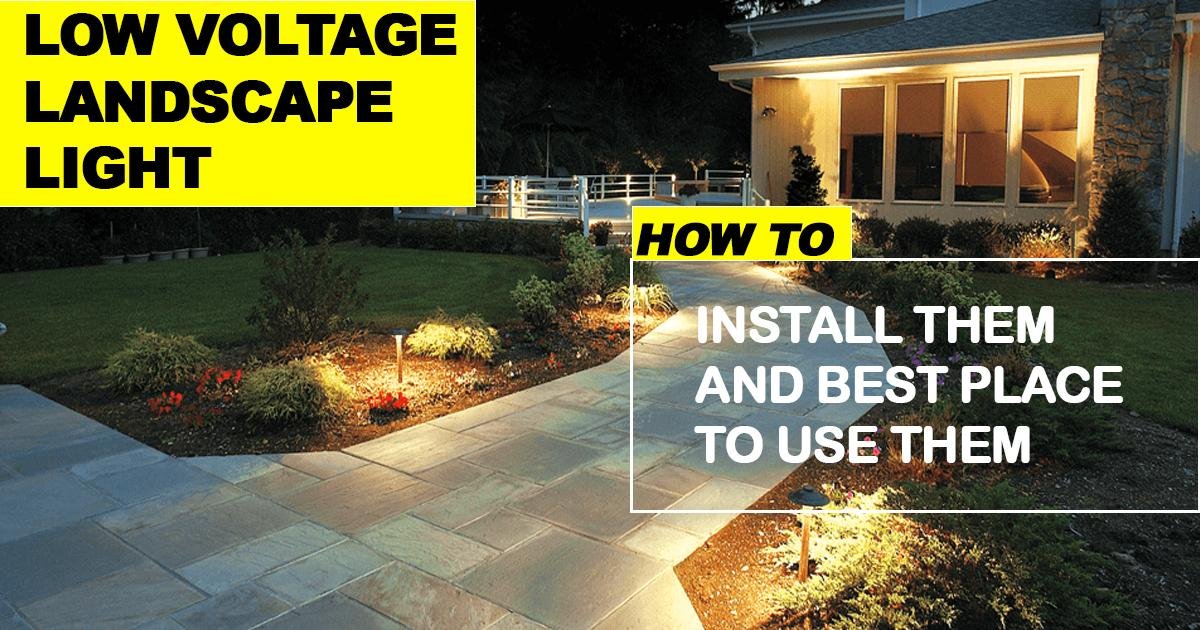
Have you seen pretty lights outside homes? Those are called landscape lights. They make outdoor spaces look beautiful. They also help people walk at night. One type is low voltage landscape lights. These lights are easy to use. They also save power and money.
What Are Low Voltage Landscape Lights?
Low voltage landscape lights use less electricity. They usually need 12 volts to work. This is much lower than house power. Normal house power is around 120 volts. Low voltage landscape lights are safer for outdoor use. They are also great for beginners. Low voltage systems have three parts. They include a transformer, wires, and fixtures. The transformer lowers the house voltage. Then the wires send power to the lights. The fixtures are actual light bulbs.
Why Use Low Voltage Landscape Lights?
Many reasons to use Low voltage landscape lights. First, they are safer to install. Second, they do not use much power. This makes them very energy-efficient. Third, they look great in any yard. They create a soft and warm glow.
 Easy to Install
Easy to Install
You do not need an electrician. Most kits are plug-and-play. You only need basic tools. No digging or drilling is needed. Just connect the wires and go. Low voltage landscape lights are very easy to install. You can finish the setup in one day. Clear instructions come with most lighting kits. Even beginners can do it without trouble.
Good for the Environment
Low voltage landscape lights save energy. They are good for the planet. They use LED bulbs that last long. LEDs also create less heat and waste.
Perfect for Outdoor Safety
Low voltage landscape lights light up paths and steps. This prevents trips and falls outside. They also scare away wild animals. Bright lights can also stop intruders.
Used in Many Outdoor Areas
People use Low voltage landscape lights in garden beds. They are common along walkways too. You can place them near fences. Some use them to light trees. Others place them near the driveway.
Read also the benefits of Solar String Lights Are a Must-Have for Sustainable Living
Different Types of Fixtures
There are many light fixture styles. Some lights are for the ground. Others go on walls or trees. Popular types include path lights, spotlights, and floodlights.
 Path Lights: Low voltage landscape lights go along walkways.
Path Lights: Low voltage landscape lights go along walkways.
Spotlights: These point at trees or art.
Floodlights: These shine over large spaces.
Choosing the Right Transformer
Transformers lower the voltage safely. Pick one that matches your light count. If you have 10 lights, choose wisely. Too small, and they won’t all light. Too big, and it’s a waste.
- Use a wattage calculator before buying.
- Add up all bulb wattages first. Then pick a transformer slightly higher.
- Use Good Cables and Connectors : Use cables made for outdoor use. They should be waterproof and strong. Use quick-connects for easy setup. These help you fix things fast too.

Low Maintenance Needs
Low voltage landscape lights don’t break down often. Just clean them every few months. Make sure wires stay in place. Trim plants around the lights too. Wipe off dirt from the light covers. Look for rust or water damage signs. Test the system after heavy rainstorms. Low voltage landscape lights last long.
Weather-Proof and Durable
Outdoor lights face wind and rain. But Low voltage landscape lights are weatherproof. They won’t rust or break easily. Most lights last many, many years. They can handle snow and heat too. Covers protect them from flying debris.
Strong materials keep them from cracking. Sealed wires stop water from getting in. You can leave Low voltage landscape lights outside all year.
Low Voltage vs Solar Lights
People often ask about solar lights. Solar lights run on sunlight only. They don’t need wires or power. But they are less bright at night. Low voltage landscape lights shine longer and brighter. They work even when the sky is cloudy. Solar lights may stop working in winter. They need full sun to charge well. Low voltage lights stay bright every night. You can control them with a timer. They give steady light all evening long.
 Best Places to Use Them
Best Places to Use Them
- Use Low voltage landscape lights near flower beds.
- Place some along front walkways.
- Put lights near your mailbox too.
- They look great near water features.
- You can even use them on fences.
How to Plan the Layout
Draw a simple yard map first. Mark where you want each light. Keep space between each fixture. Avoid placing lights too close together. Don’t forget to measure cable length. Think about what you want to highlight. Place lights near paths and key spots. Use fewer lights for a softer look.
How to Save More Energy
Use LED bulbs with each fixture. Low voltage landscape lights use less power and last longer. Also use timers or smart switches. These help control lights automatically. Set them to turn off at night. You can set them to turn on at dusk. Motion sensors can save even more power. Smart plugs let you control lights remotely. Some apps work with voice assistants too. These tools make lighting easy and smart.
Add Style to Your Home
Lighting can boost your home’s style. It also makes the space look bigger. It adds charm and makes it cozy. Use lights to highlight nice features. Show off your plants or water fountains. Lights can create a warm, welcoming feel. They make your yard look inviting at night. Use them to frame your driveway. Highlight your garden’s best flowers. A well-lit space feels safer and prettier.
They Increase Home Value
A well-lit yard looks more expensive. People love homes with outdoor lighting. It adds beauty, safety, and function. Buyers are more likely to be impressed. Outdoor lighting makes your home stand out. It creates a luxurious and polished look. Good lighting increases curb appeal. It shows that you care about details. A well-lit yard can increase property value.
Troubleshooting Tips
If Low voltage landscape lights don’t turn on, check connections. Make sure the transformer is plugged in. Replace broken bulbs or loose wires. If one light is out, others might work. Test wires using a voltage tester. Check the timer settings if they’re not working. Ensure the transformer’s wattage matches your system. Look for any visible damage to wires. Sometimes a power surge can cause issues. If the lights still don’t work, reset the system.
Conclusion
Low voltage landscape lights are amazing. They are simple and safe. Very beautiful. You dont need special tools or skills. They are perfect for any outdoor space. They help with safety and save money. Use them to light up your yard. Your home will look better instantly. Low voltage landscape lights are easy to maintain and durable. Low voltage lights can enhance any garden. You can install them in just a few hours. They are a smart investment for your home. With low voltage lights, your yard will shine bright.
FAQs
What does Low voltage landscape lights mean?
It means the lights use less electricity. They usually use only 12 volts.
Are Low voltage landscape lights safe in rain?
Yes, they are made for outdoor use. Make sure wires are covered.
Do I need electrician to install them?
No. Most people can install them easily. They are beginner-friendly and simple.
Can I use LED bulbs in them?
Yes! LED bulbs are the best choice. Low voltage landscape lights save power and last very long.
How long do these lights last?
Most Low voltage landscape lights last for years without problems. LED are able to last up to 50000 hours.
Can I connect more than one light?
That depends on your transformer size. Check the total wattage before connecting all.
Are they better than solar lights?
Yes, Low voltage landscape lights are brighter and more reliable. They also work in cloudy weather.




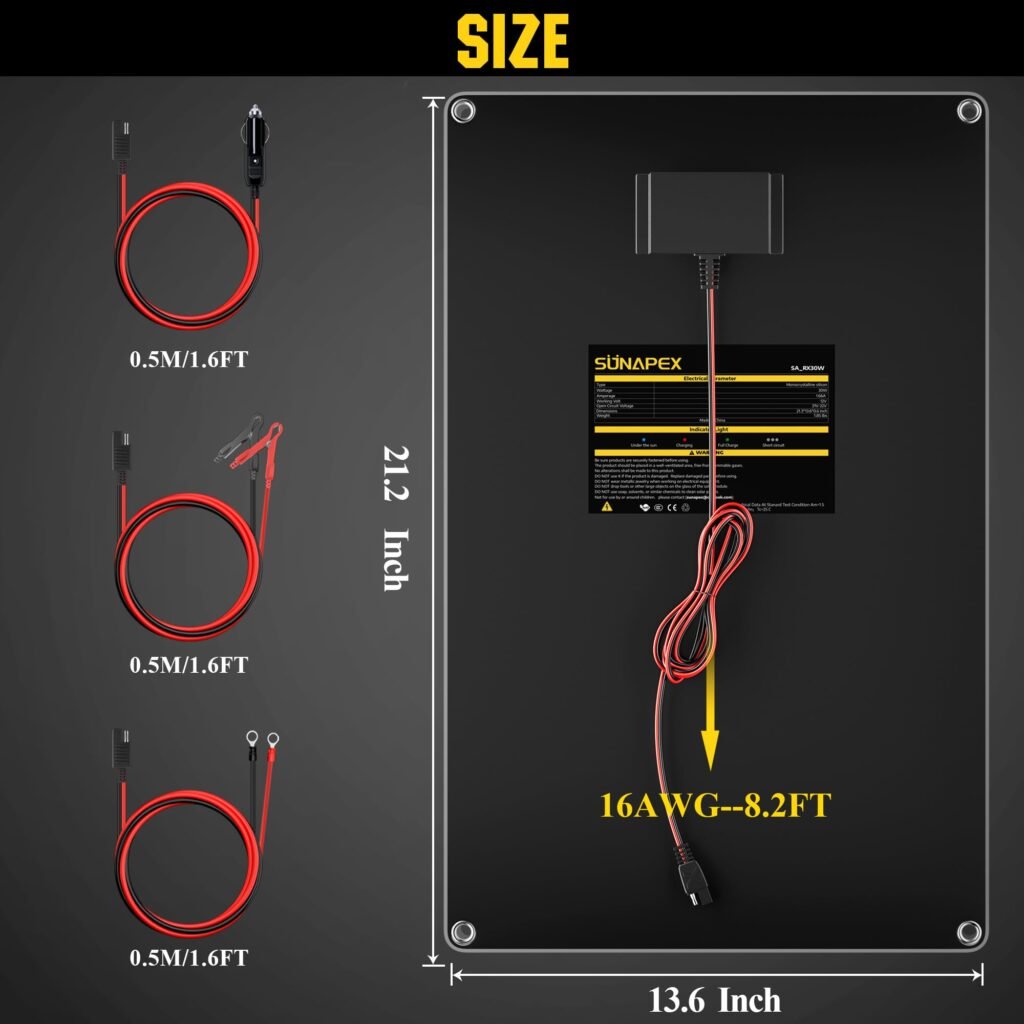

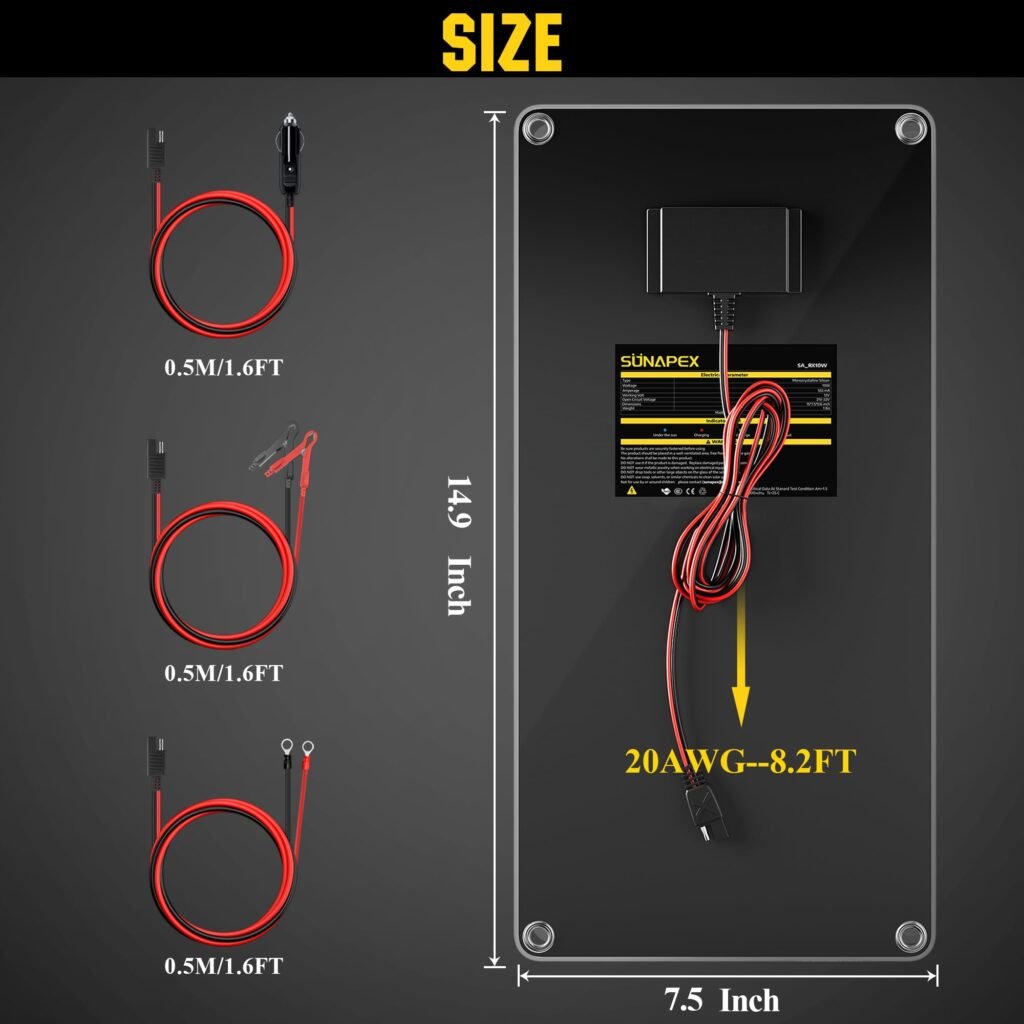

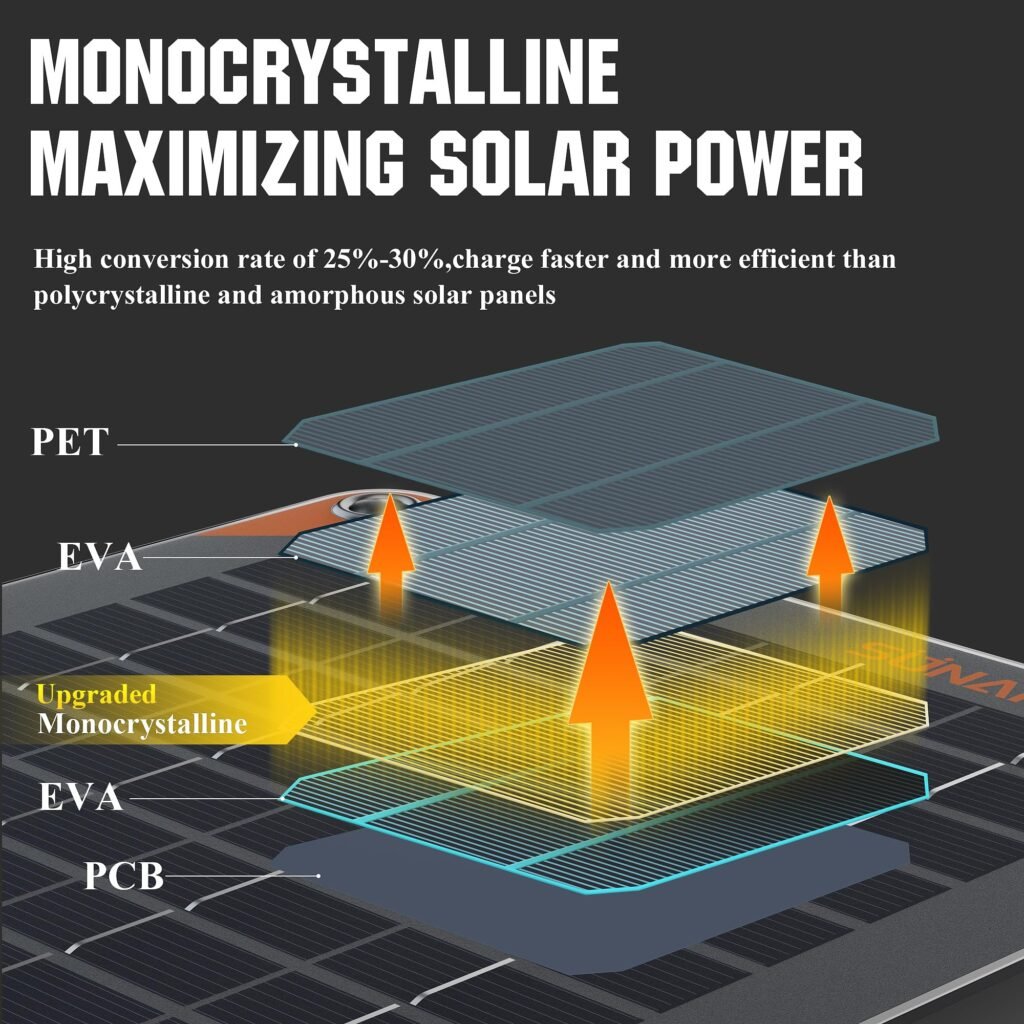

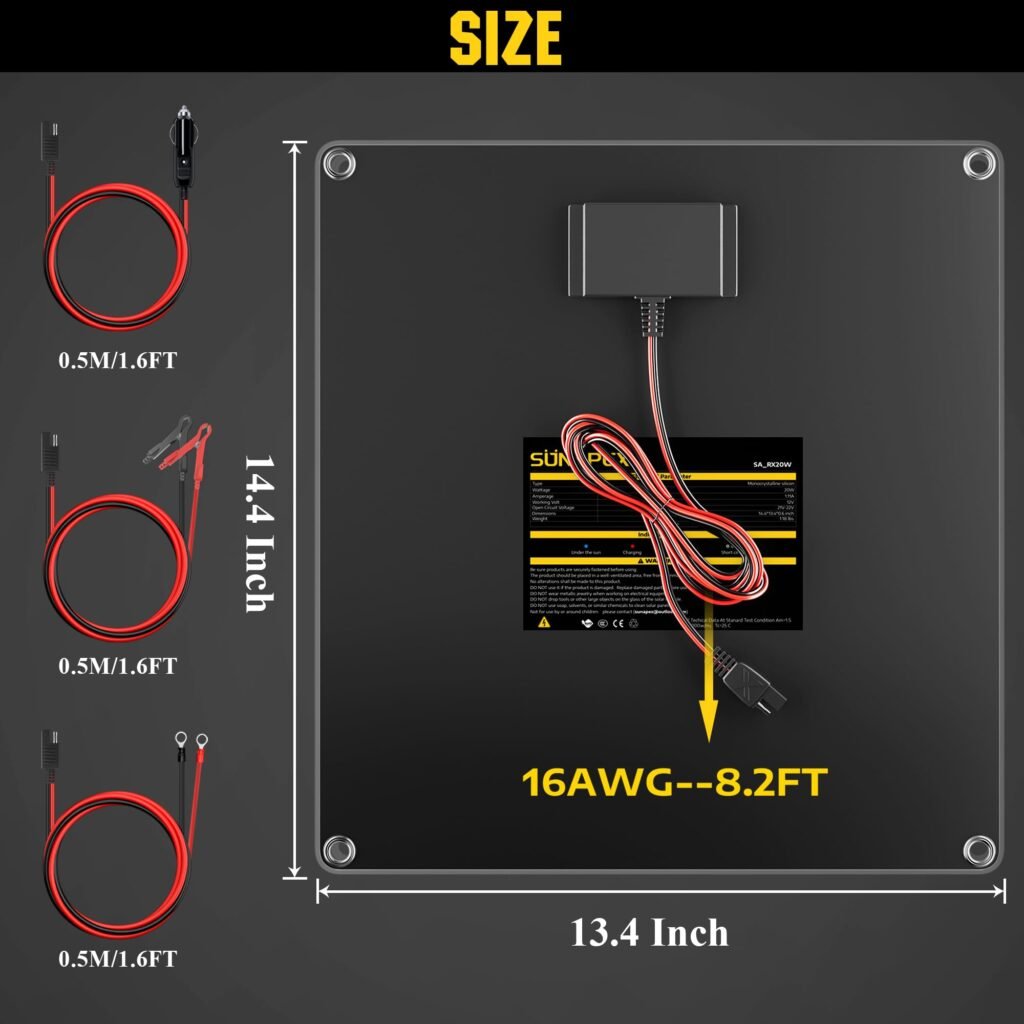

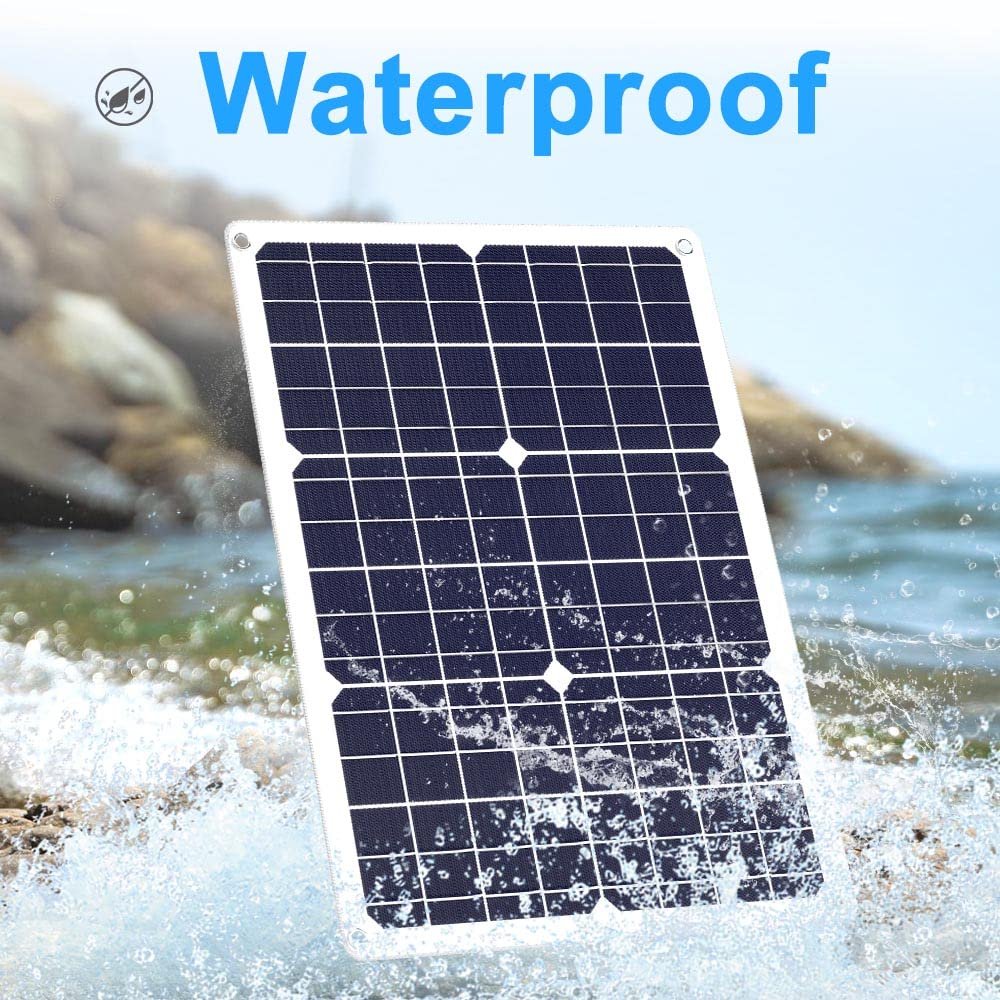

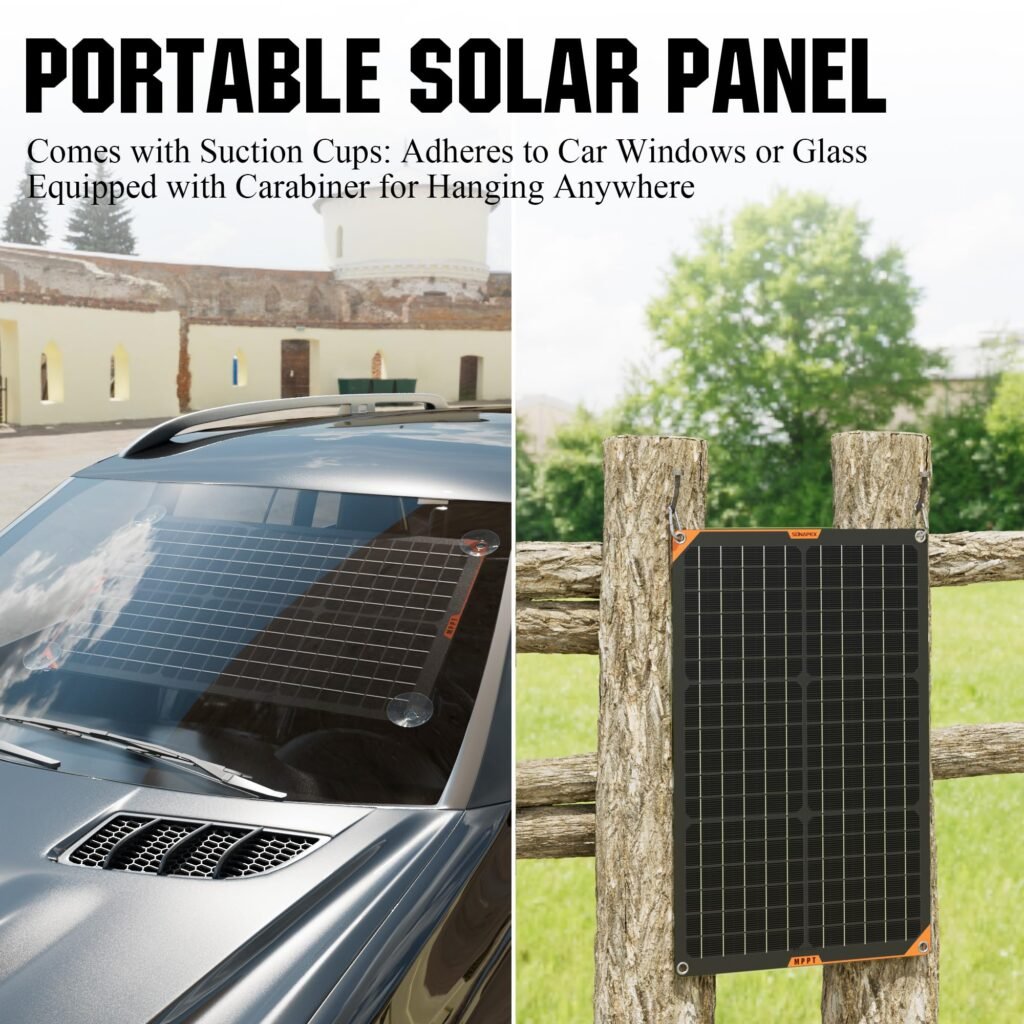

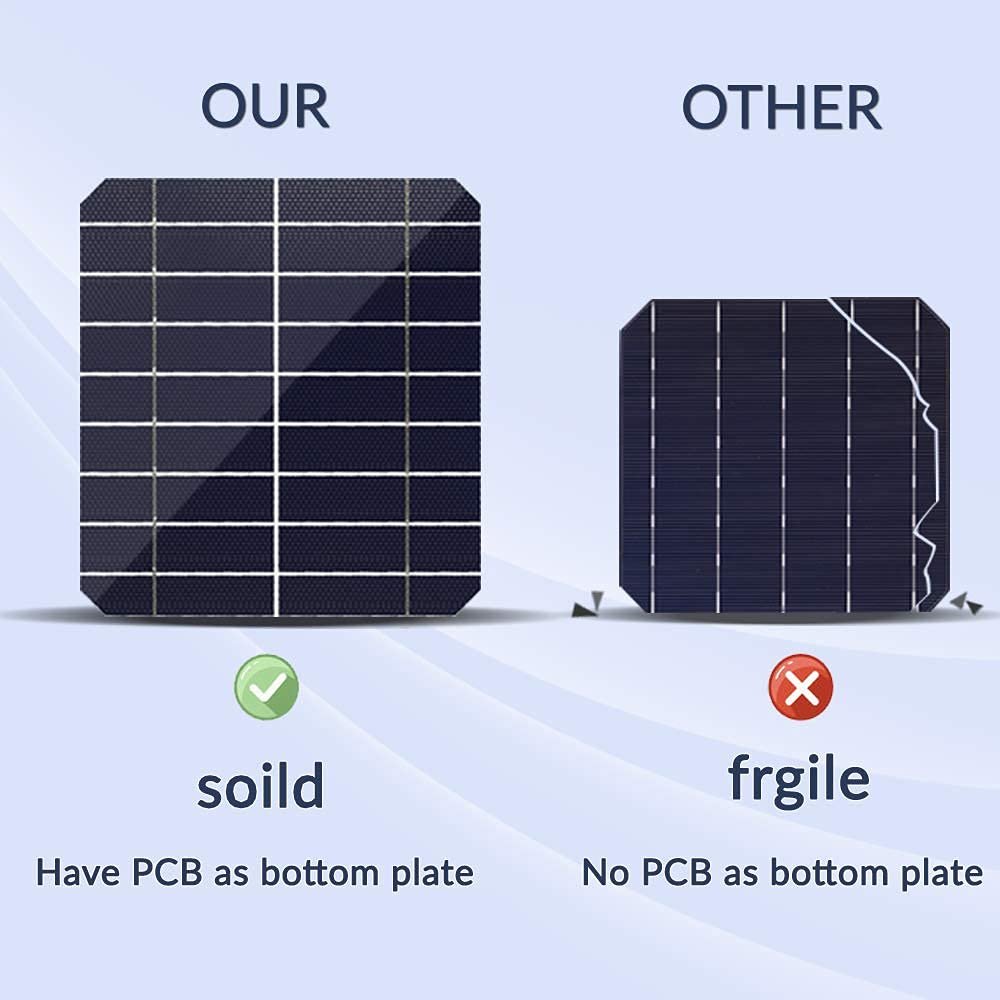

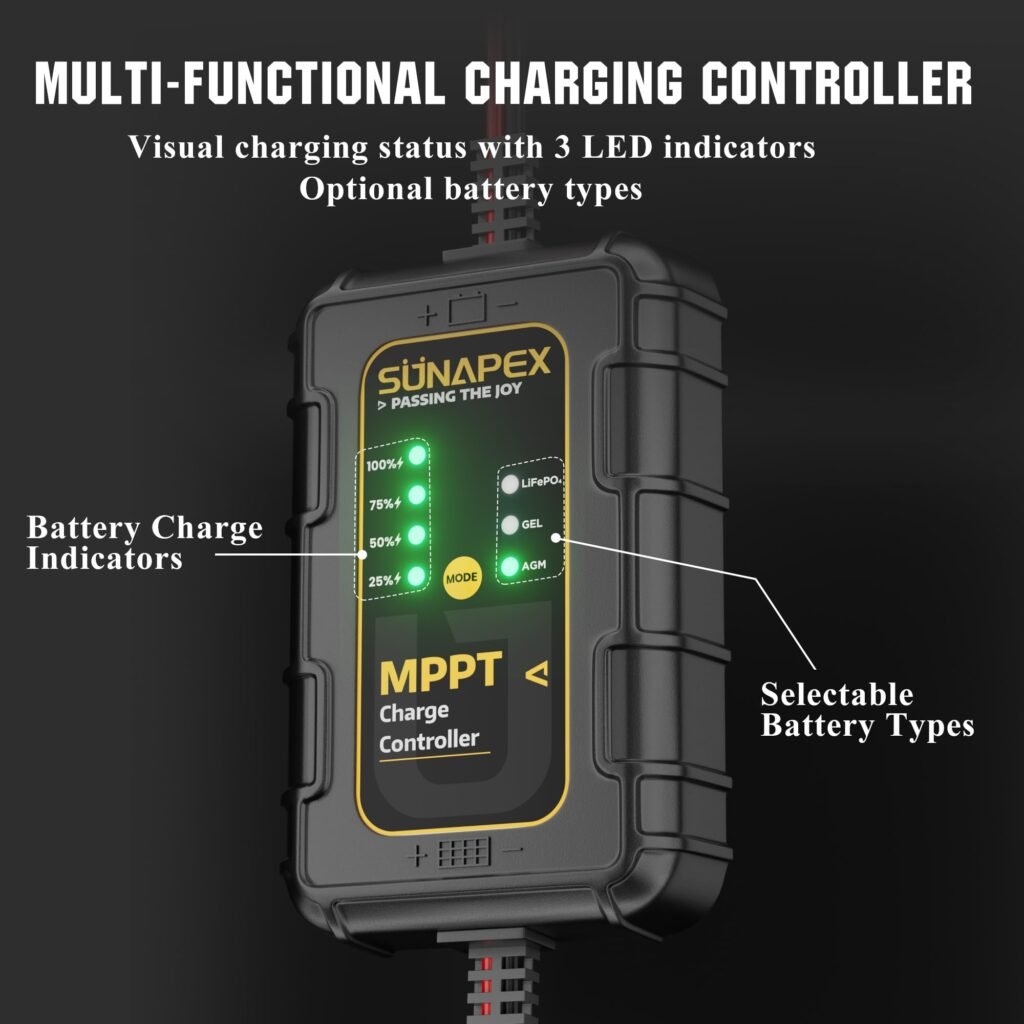

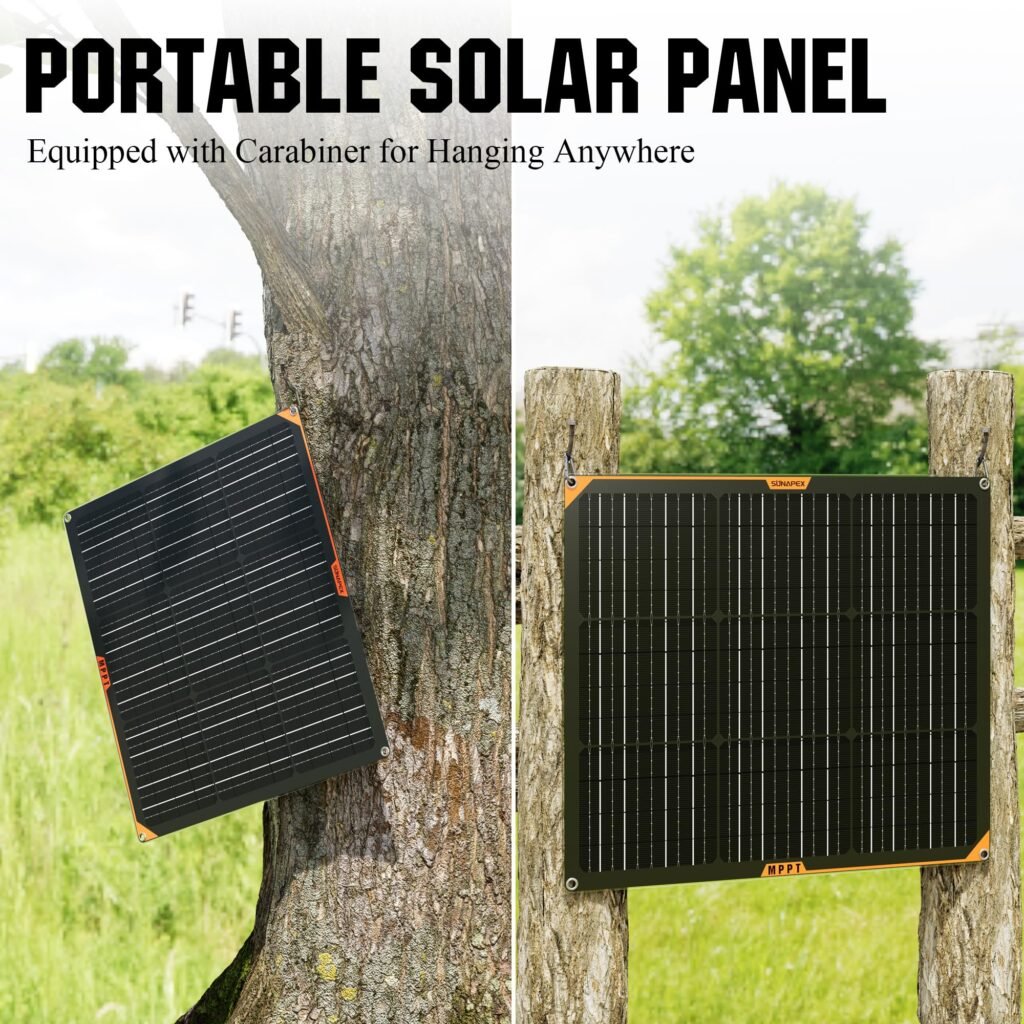
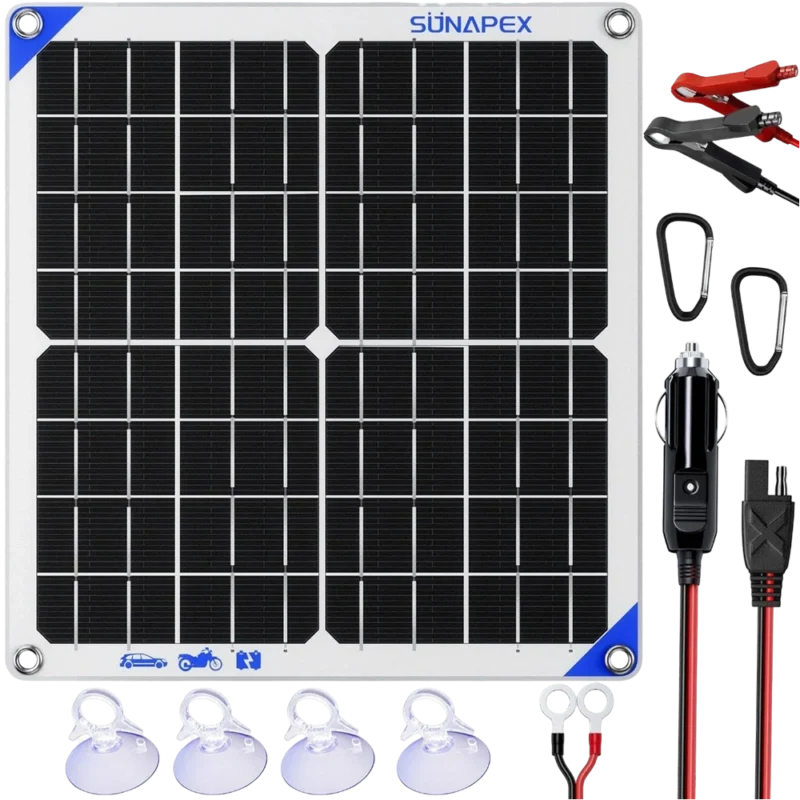
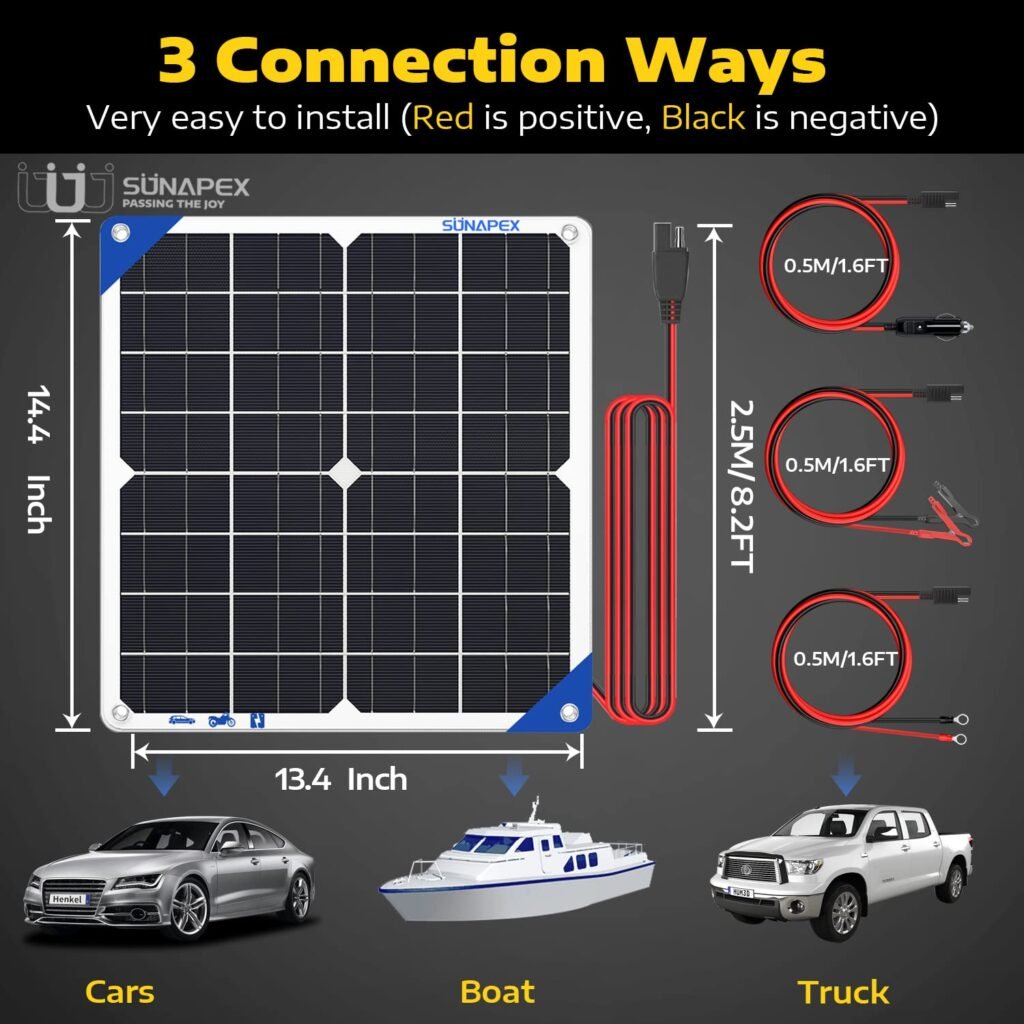

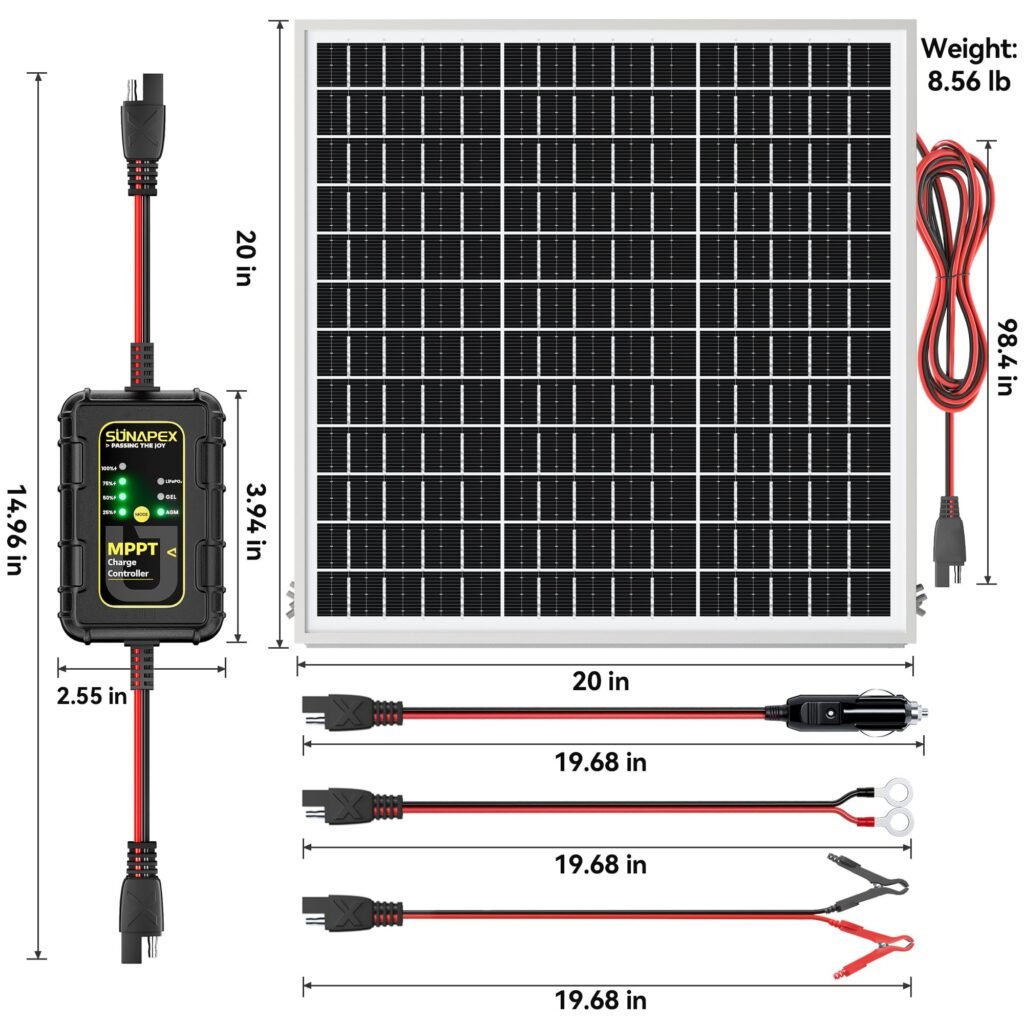



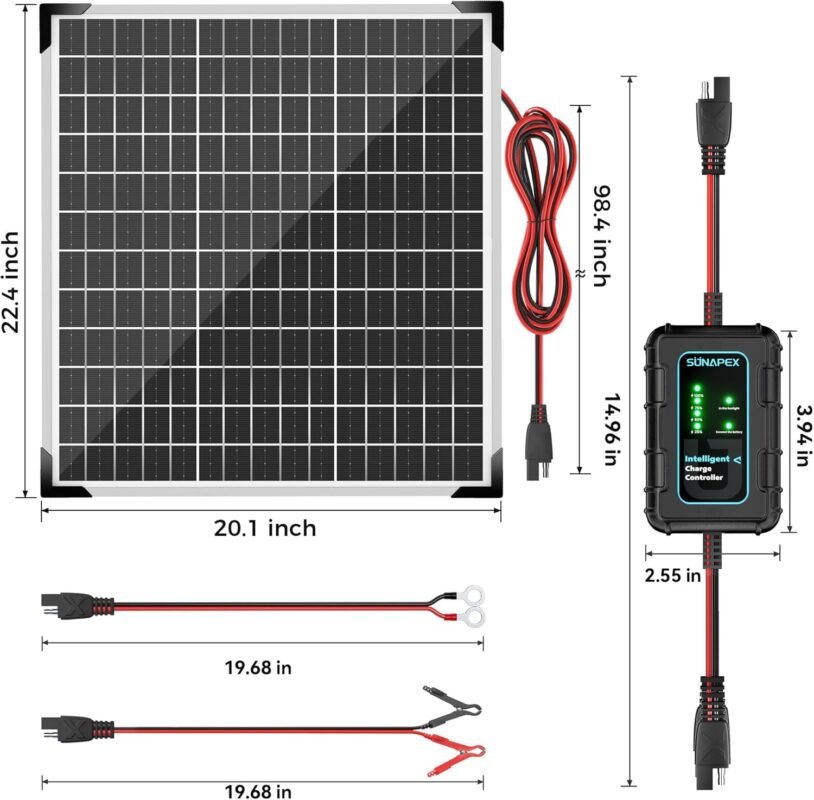



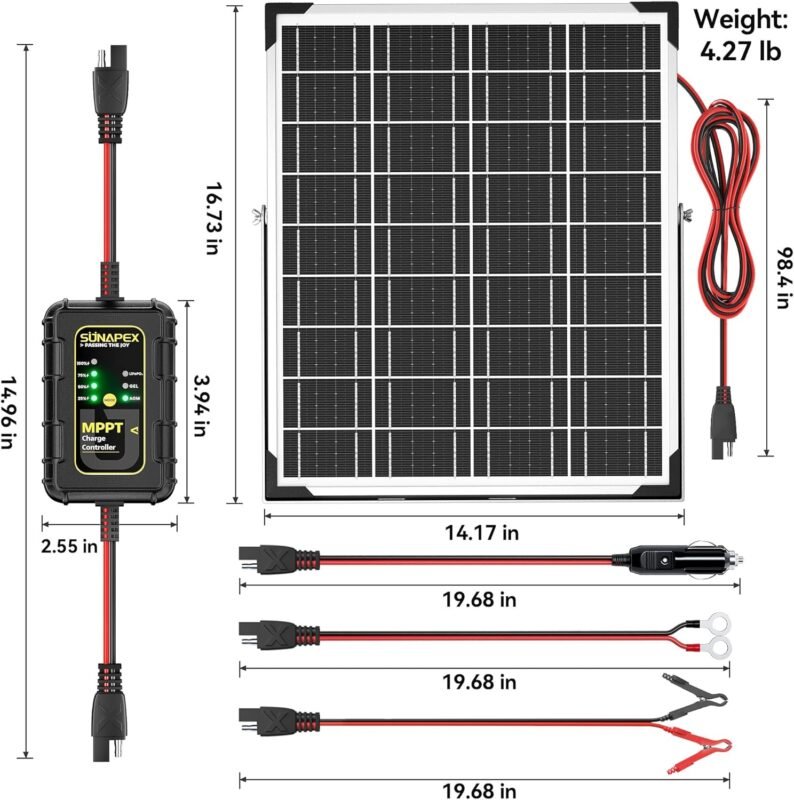

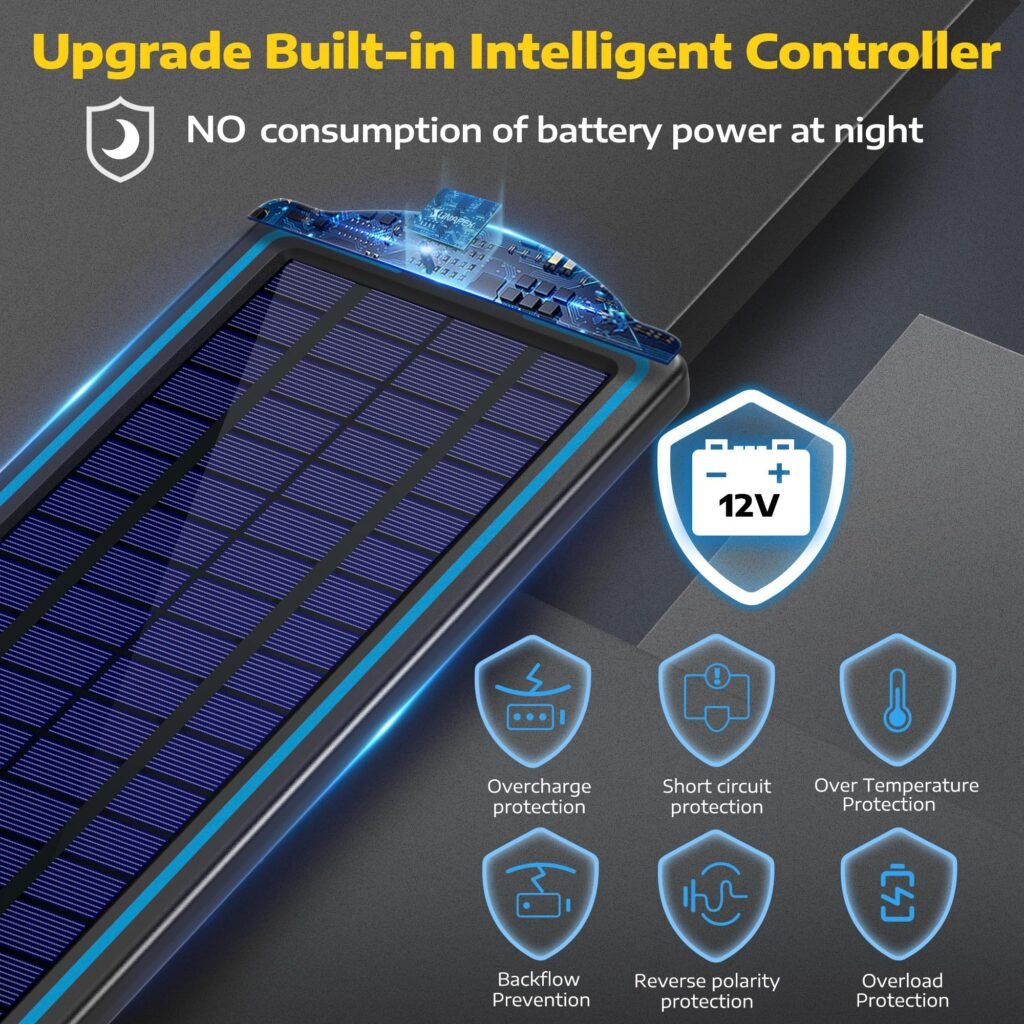

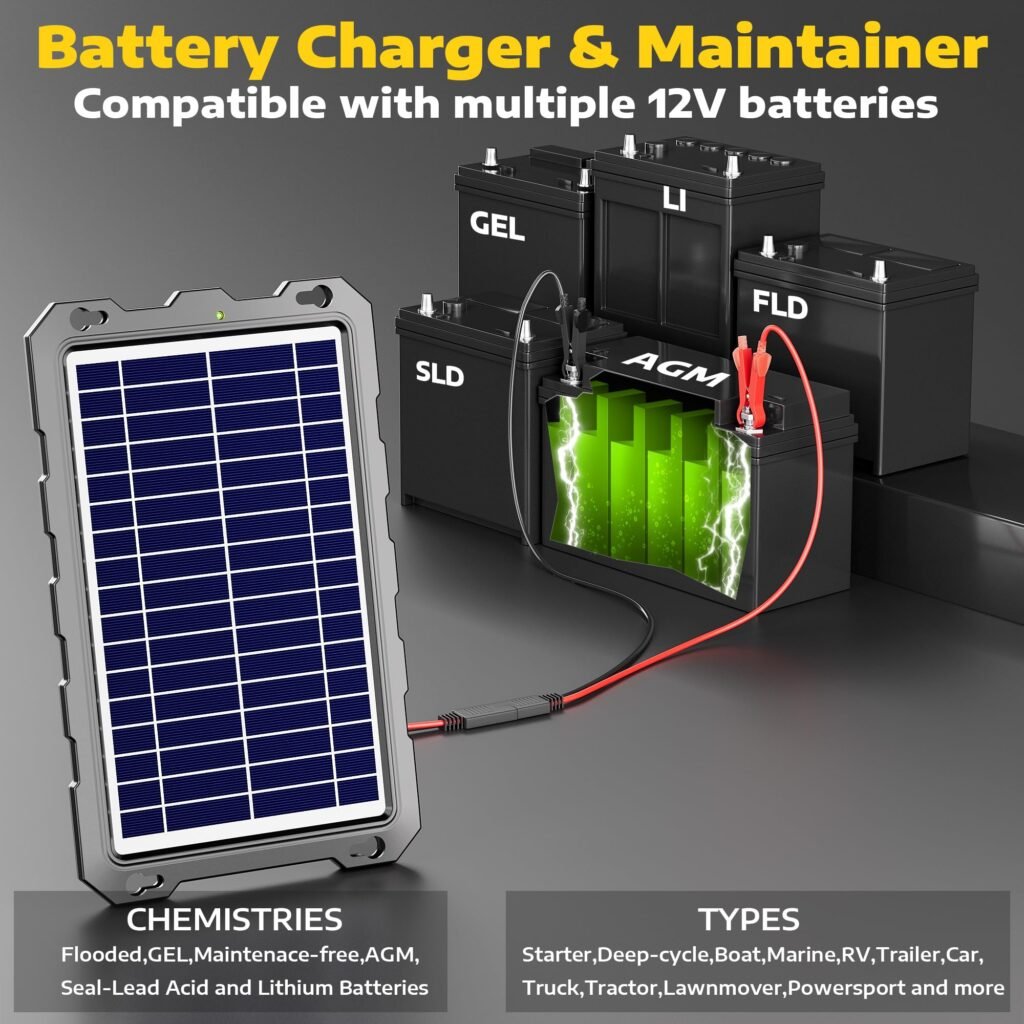

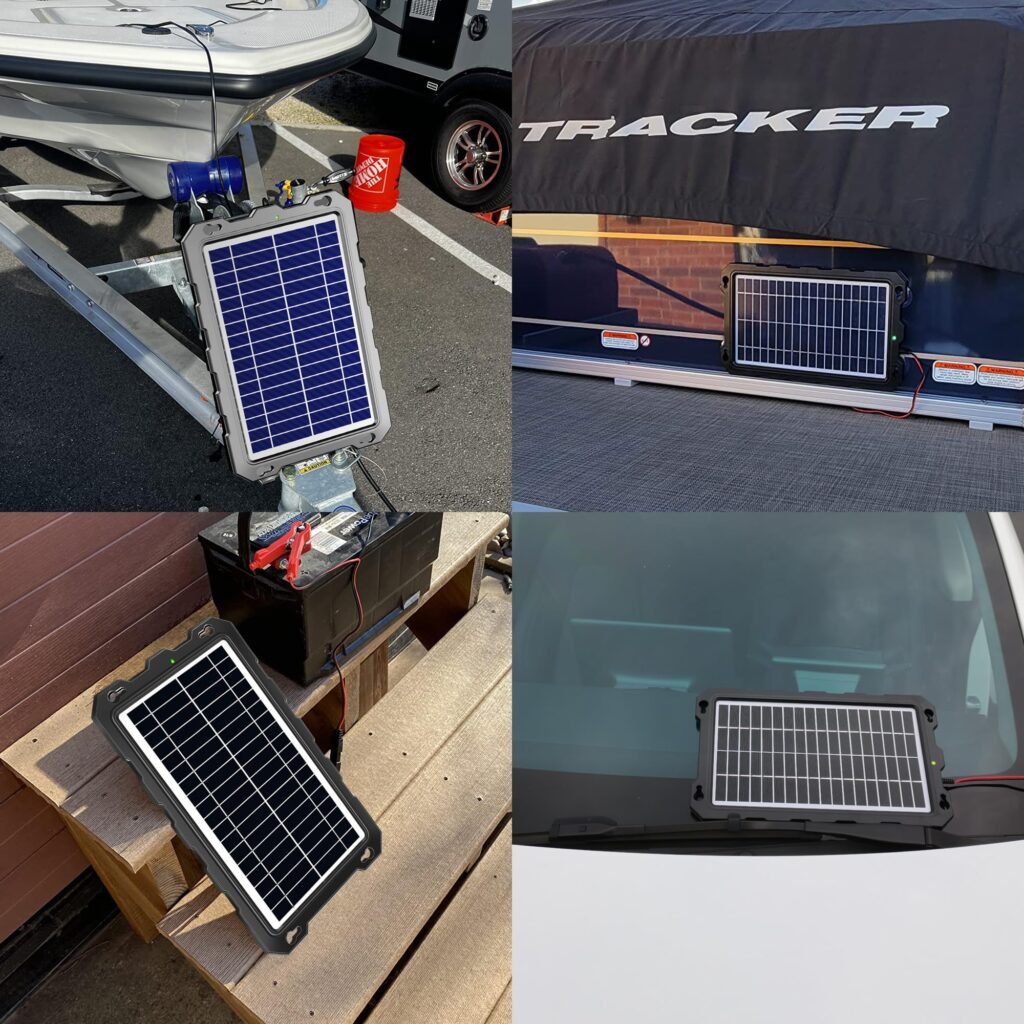



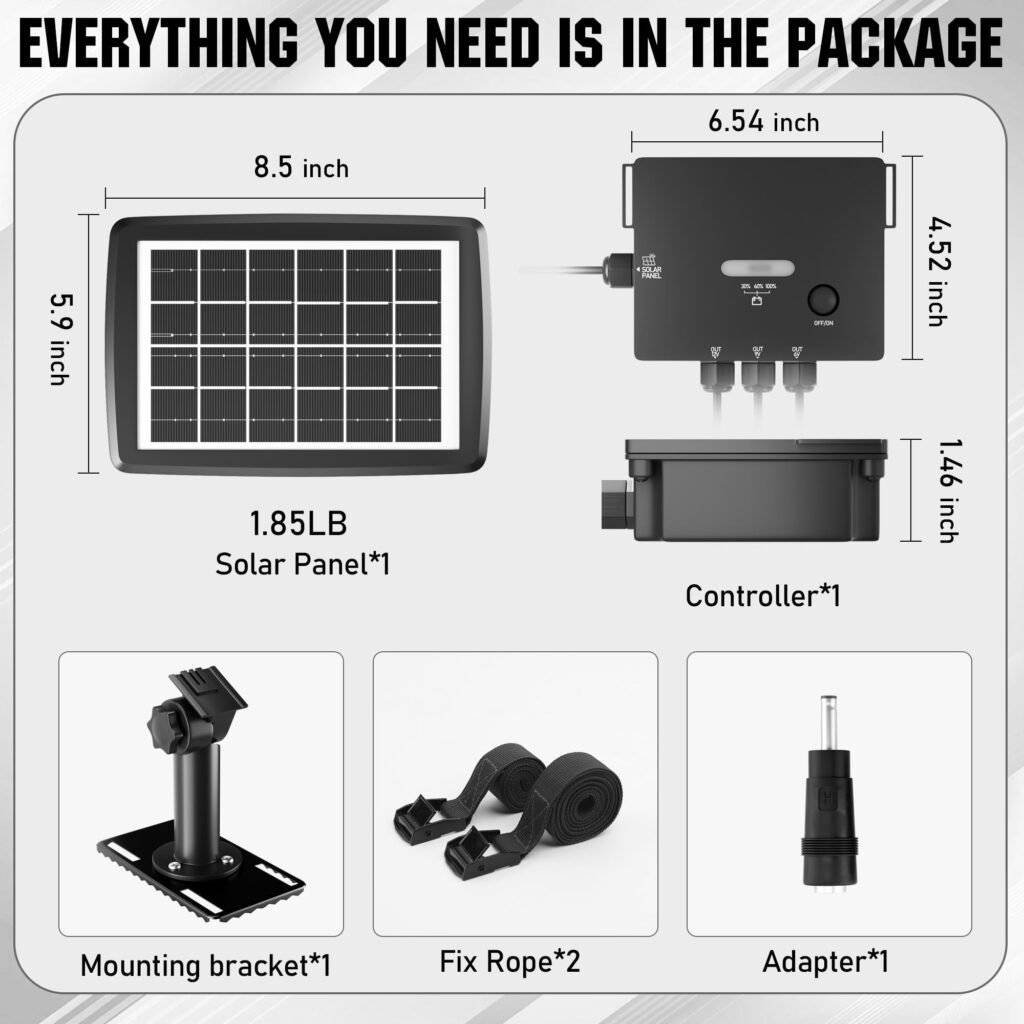

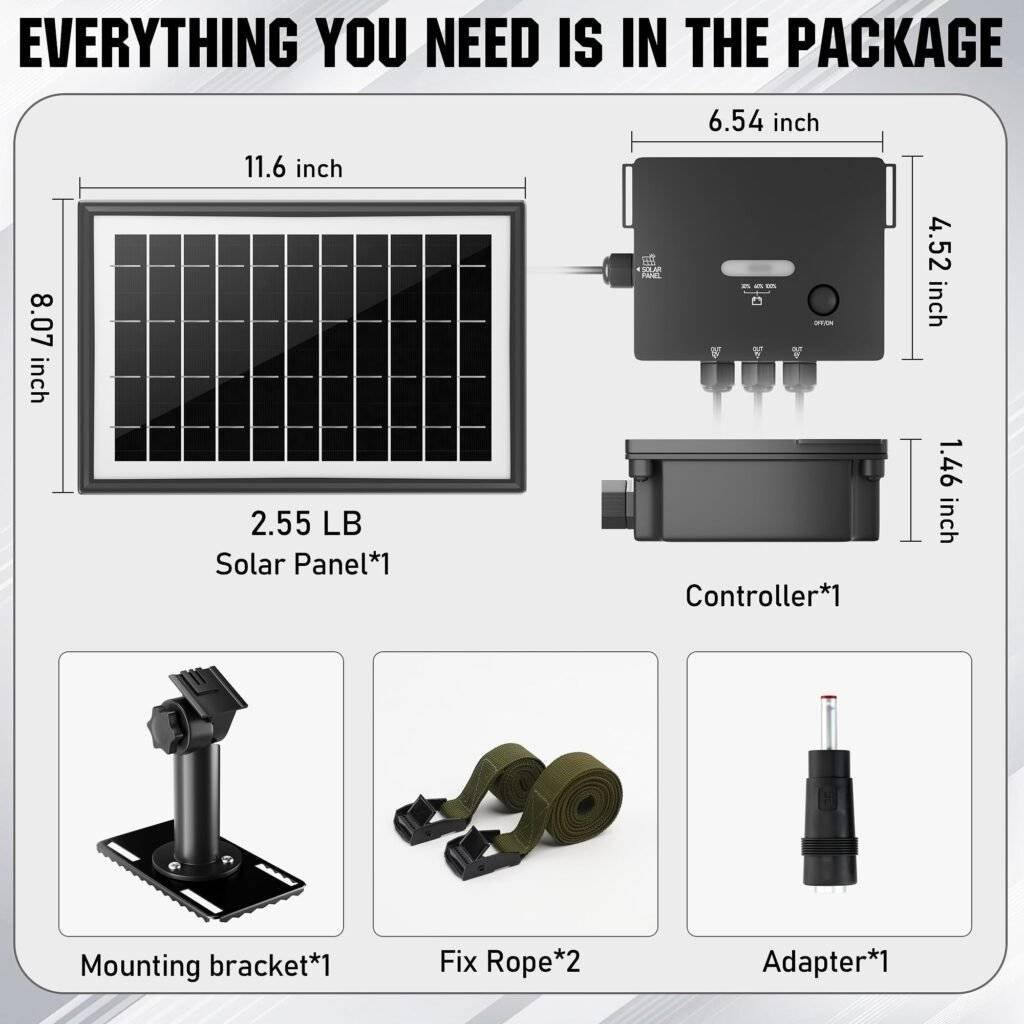

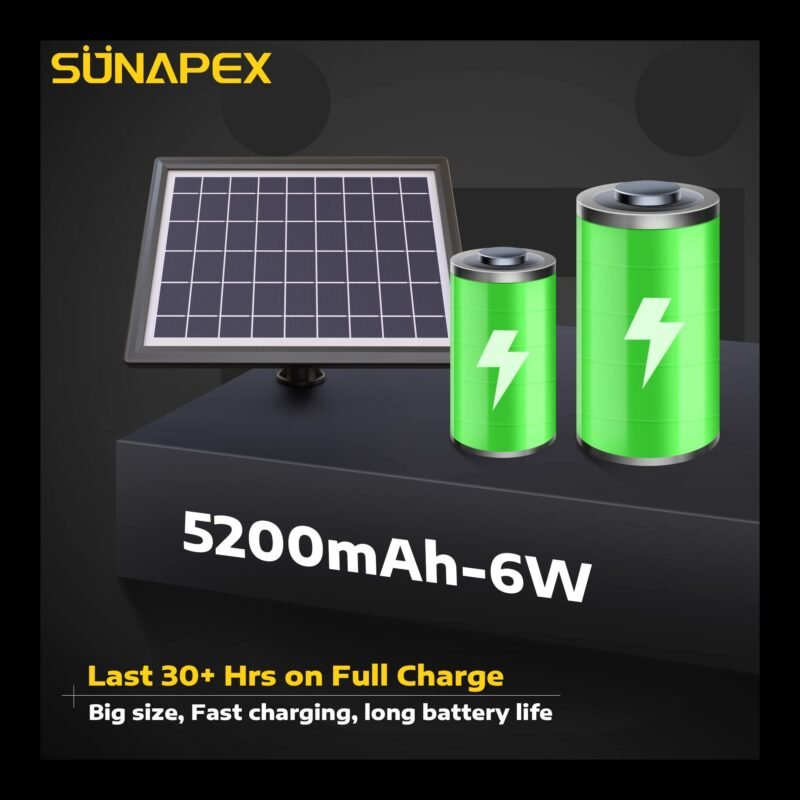

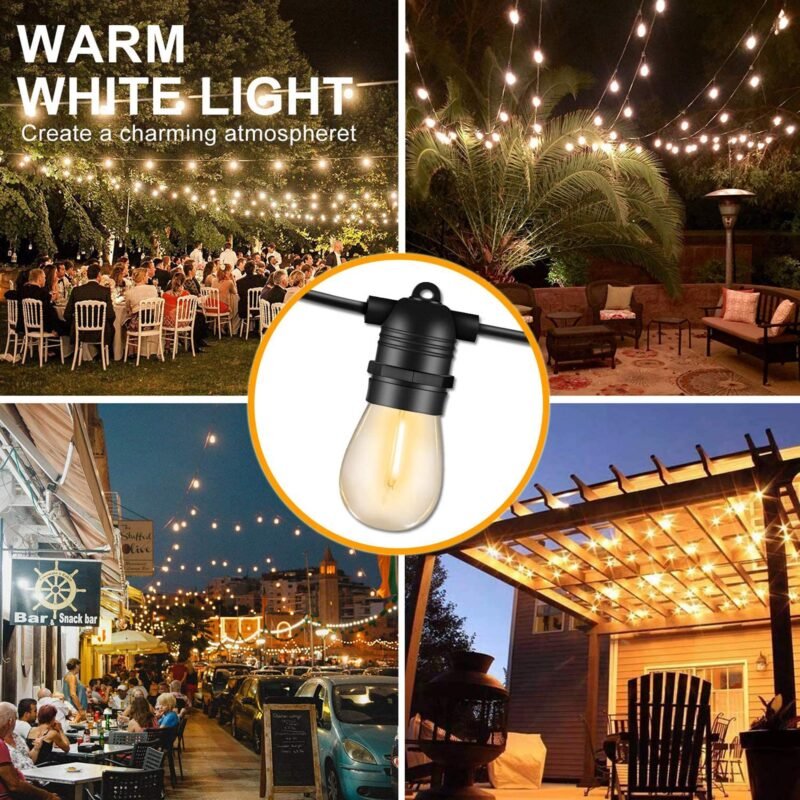





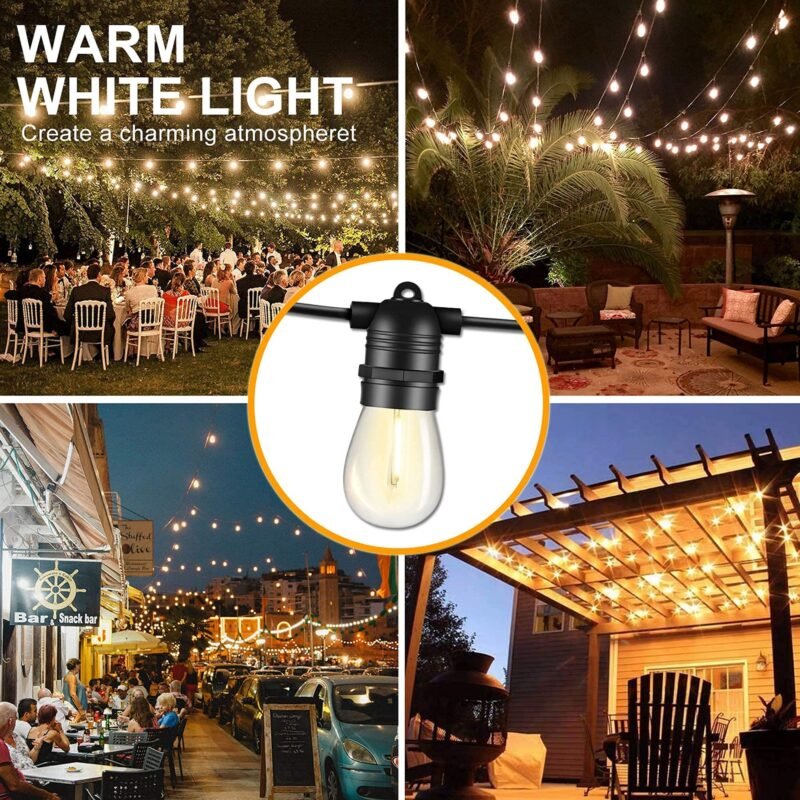

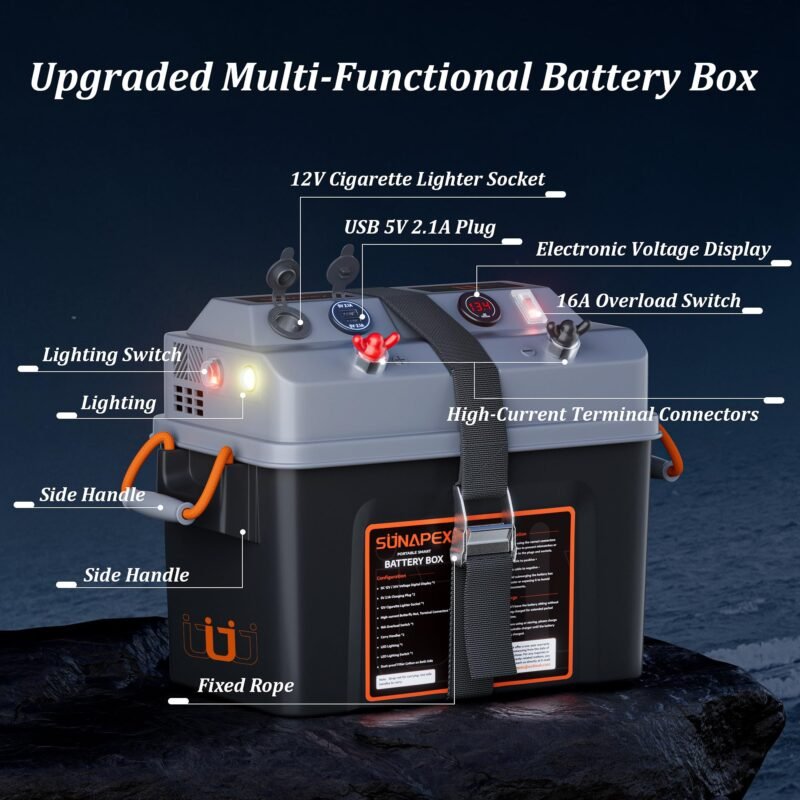

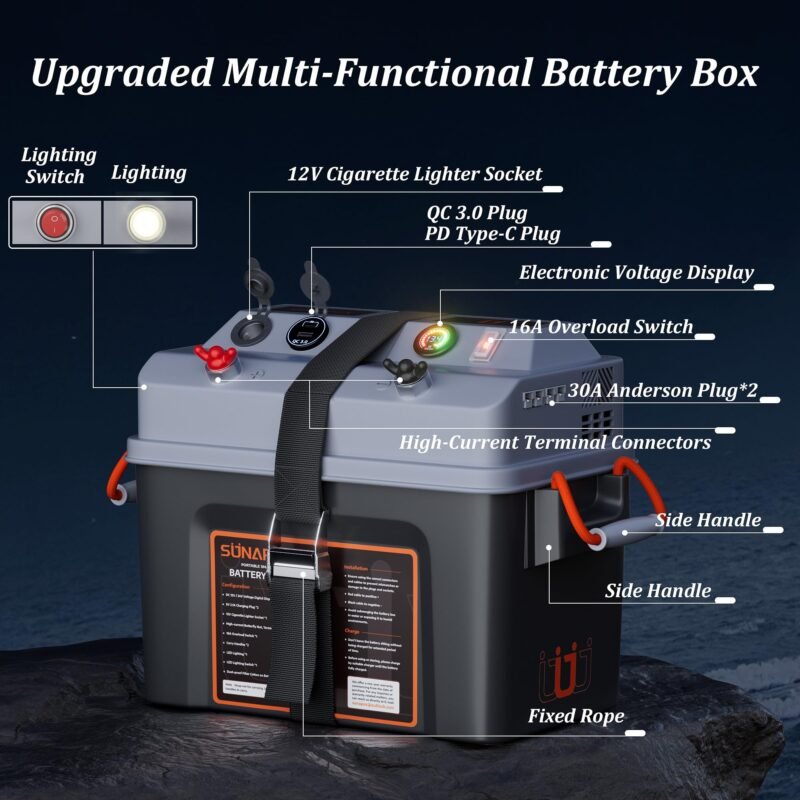



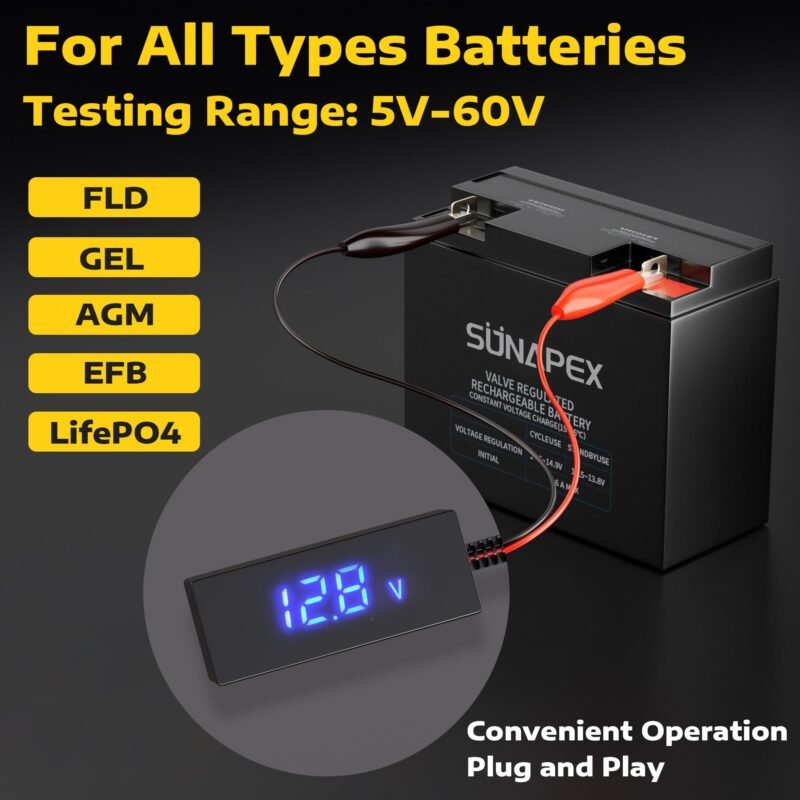

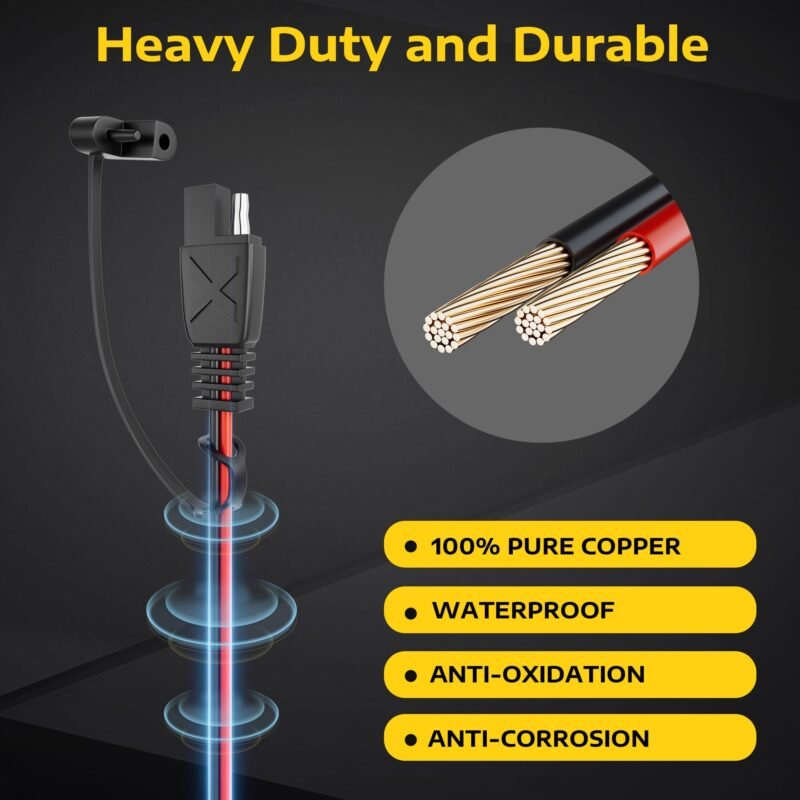






 Easy to Install
Easy to Install Best Places to Use Them
Best Places to Use Them